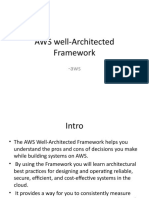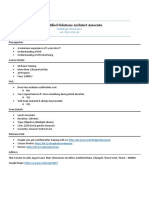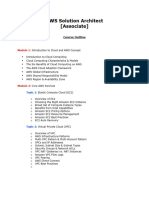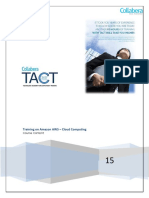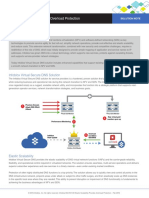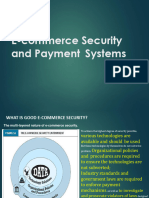0% found this document useful (0 votes)
14 views5 pagesAWS - Notes
The document outlines key milestones in AWS's evolution, including major service announcements and enhancements in recent years. It details essential administrative tasks, best practices, troubleshooting tips, and security settings for effective AWS management. Additionally, it emphasizes the importance of IAM, CloudWatch, and multi-AZ deployments while encouraging continuous learning and certification in AWS technologies.
Uploaded by
vakratundaCopyright
© © All Rights Reserved
We take content rights seriously. If you suspect this is your content, claim it here.
Available Formats
Download as DOCX, PDF, TXT or read online on Scribd
0% found this document useful (0 votes)
14 views5 pagesAWS - Notes
The document outlines key milestones in AWS's evolution, including major service announcements and enhancements in recent years. It details essential administrative tasks, best practices, troubleshooting tips, and security settings for effective AWS management. Additionally, it emphasizes the importance of IAM, CloudWatch, and multi-AZ deployments while encouraging continuous learning and certification in AWS technologies.
Uploaded by
vakratundaCopyright
© © All Rights Reserved
We take content rights seriously. If you suspect this is your content, claim it here.
Available Formats
Download as DOCX, PDF, TXT or read online on Scribd
/ 5

























